L’Automne, by Charles-Henri Michel.
Oil on canvas.
France.
1873.
45.28 x 37.80 in.
Charles-Henri Michel, born in the Somme in 1817, a former student of the Beaux-Arts in Paris and the Swiss Academy, was known in his time for his paintings of sacred history and a few portraits. In a laudatory article about the artist, published in the Revue septentrionale, the most significant works purchased by the State are listed, all of which are scenes from the Gospel, liturgy, or legends of saints:
"La Compassion de la Vierge and Crucifiement for the church of Péronne — the first was burned during the siege of that city; Jésus source de vie, at the Amiens Museum; Sainte Communion, at the [Palais du] Luxembourg; Renoncement, at the Varzy Museum; Conversion de saint Augustin, at the Amiens Museum; Christ at the Péronne courthouse, etc."
Large canvases with ancient themes are, in fact, very rare in this artist’s work, although they do not contrast with the rest as secular painting might oppose sacred painting. The gestures of these ancient women evoke supplication and offering, and it can be said that the painter’s religious consciousness shines through in the seemingly secular forms of this composition.
A spiritual syncretism, blending a nostalgia for ancient Greece, the Christian Middle Ages, and even the "naive" societies of the Pacific, permeates a significant portion of the religious and artistic thought of the late 19th century.
“This longing for innocence and harmony might be diffuse, encompassing past and future, pagan and Judaeo-Christian concepts, as Victor de Laprade's verses would indicate :
Il est une vallée où l’harmonie habite…
Quel que soit le doux nom dont chaque âge la nomme…"
These words were written and cited about Pierre Puvis de Chavannes but seem to apply equally to Charles-Henri Michel. It is likely that a work by Puvis de Chavannes inspired Charles-Henri Michel here: L’Automne, painted in 1864 and housed in the Lyon Museum of Fine Arts, also depicts several women at the edge of a forest: one carrying a basket of fruit while another picks a bunch of grapes; on the ground, a wicker basket overflowing with fruit. The color palette is very similar between the two works, though Charles-Henri Michel’s palette is even closer to another composition by Puvis de Chavannes, L’Été, housed in the Orsay Museum and dated 1873, the same year as Charles-Henri Michel’s L’Automne.
This allegory by Charles-Henri Michel, so rare in his entire body of work, seems to have been particularly important to him: the Péronne Museum preserves three preparatory sketches for this painting, with only the final one showing the composition as it appears here. Of all the sketches preserved in this museum, which are otherwise very rare, this painting seems to be the only one to have benefited from such extensive preparatory work.
Sources
E. Maton, “Croquis d'artistes. Charles-Henri Michel”, in Revue septentrionale, Paris, 1900 ; Maurice Thiéry, “Le peintre Michel”, in La Picardie. Littéraire, historique et traditionniste, Cayeux-sur-Mer, 1905 ; Clara Cornelia Stranahan, A History of French Painting from its Earliest to its Latest Practice, New York, 1907 ; Aimée Brown Price, Pierre Puvis de Chavannes, New York, 1994 ; Rodolphe Rapetti, Le Symbolisme, Paris, 2016.


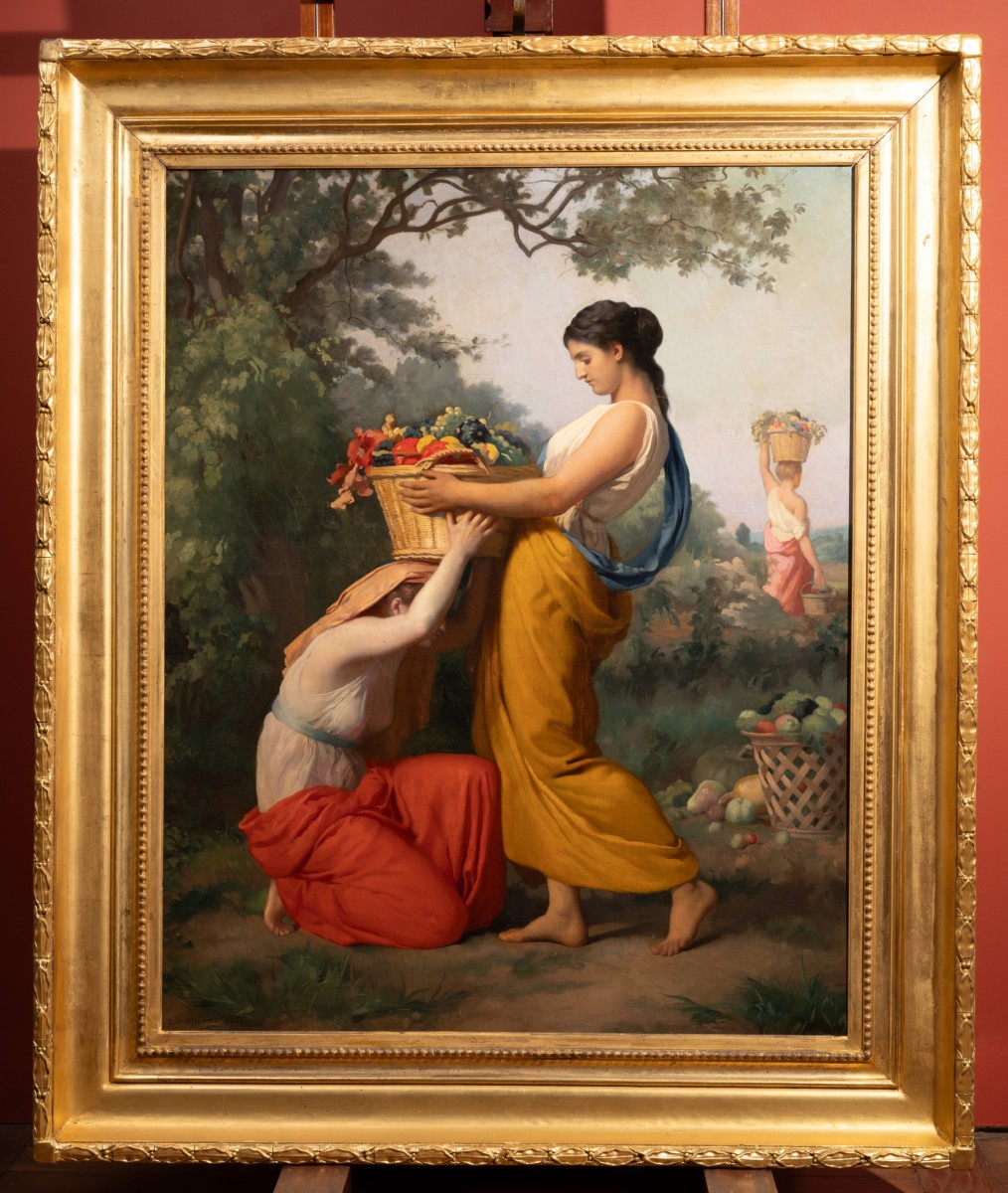


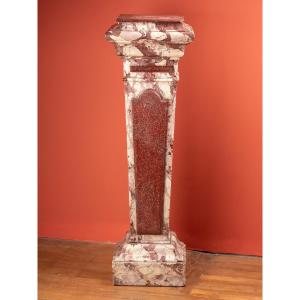

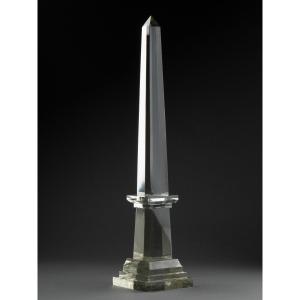

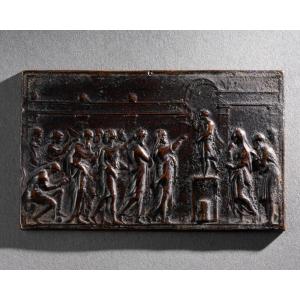

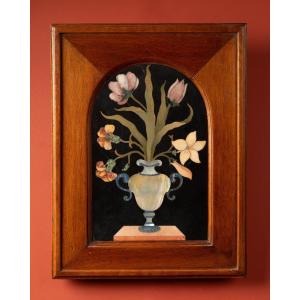
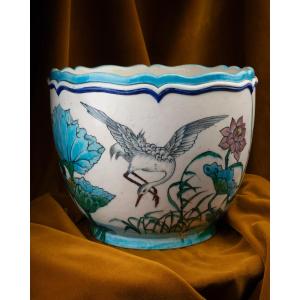

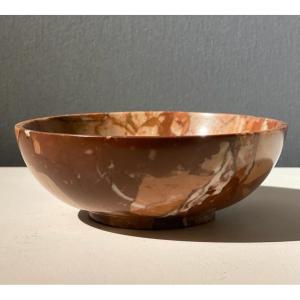



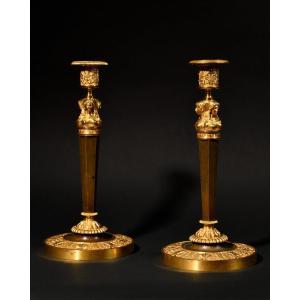

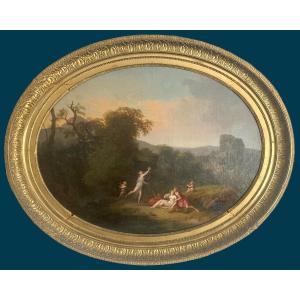

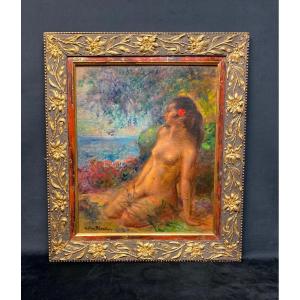
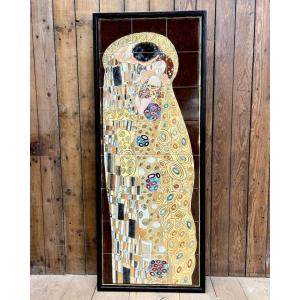




 Le Magazine de PROANTIC
Le Magazine de PROANTIC TRÉSORS Magazine
TRÉSORS Magazine Rivista Artiquariato
Rivista Artiquariato